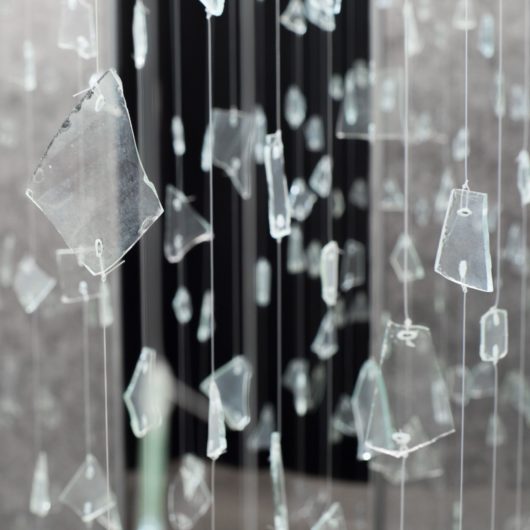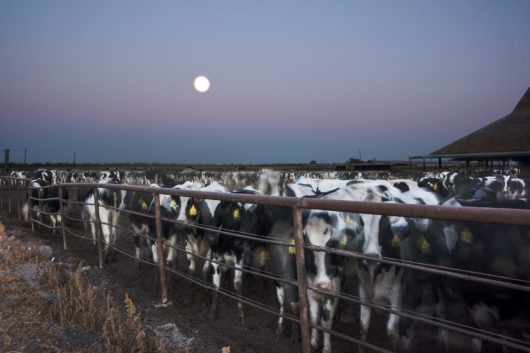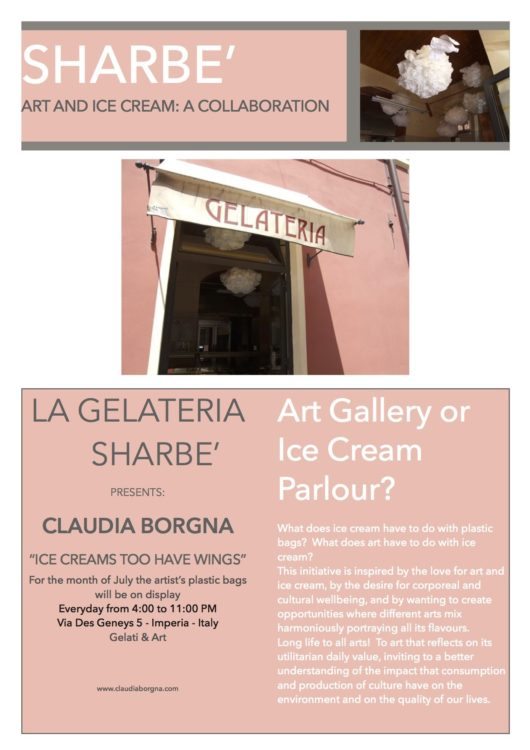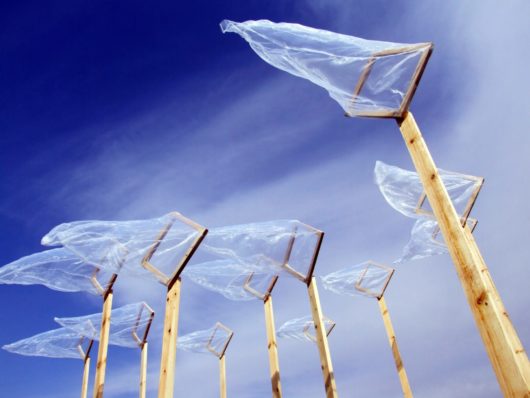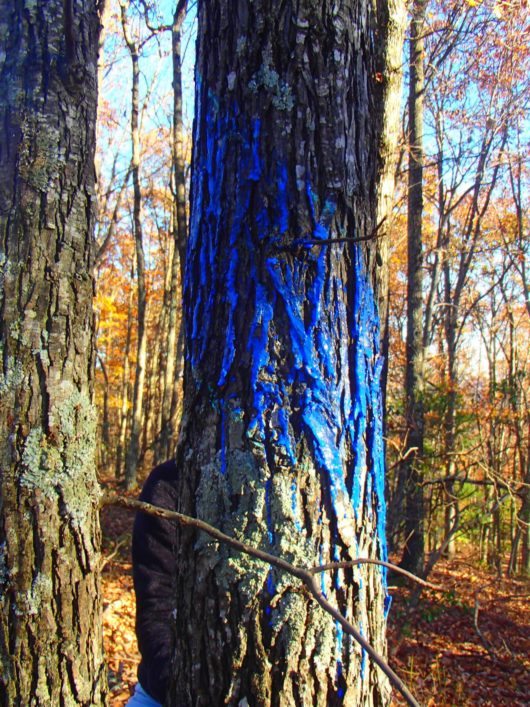WEAD ARTISTS PORTFOLIO
Open only to WEAD listing artists and members, each Portfolio is curated by the Editorial Committee to showcase artists whose work reflects diverse approaches to the issue’s theme.
ARTISTS
MARLENE CREATES
TAKAKO MATOBA
ISABELLA LA ROCCA
LINDA GASS
CLAUDIA BORGNA
ATEFAH KHAS
AVIVA RAHMANI
MARLENE CREATES

July 31, 2015, excerpt from the series What Came to Light at Blast Hole Pond River, Newfoundland 2015 (and ongoing).
This series is about movement—the movement of wildlife at ground level and of celestial bodies overhead. The events juxtaposed in each pair are just two of the countless natural phenomena—perceptible and imperceptible—that occurred at the same time. The series is also about the possibilities for artistic agency when I deliberately relinquish being the photographer and leave it to a trail camera, which is triggered by the movement of wildlife. I value the serendipity and off-centredness of these photographs, while recognizing that wildlife move with intention and the celestial events in our galaxy happen with precise predictability.
TAKAKO MATOBA
glass rain was made from broken window pieces collected in Mare Island, the former site of the first Pacific naval base used to build ships during World War II. Glass pieces are hung as repetition of 5-7-5-7-7. The format echoes renga (連æŒ), an old form of Japanese poetry where multiple poets collaboratively construct a poem by responding to verses provided prior.
ISABELLA LA ROCCA
CENSORED LANDSCAPES Statement
From Carleton Watkins to Ansel Adams to Robert Adams, American landscape photography has evolved in conjunction with the conservationist and environmental movement. In the late 20th century, landscape photographers, particularly those associated with the New Topographics movement, explored the human presence in the landscape. But non-human animals have almost entirely been omitted from the genre, despite their prodigious numbers (60 billion land animals and trillions of marine animals are slaughtered every year in the US for food). Their exclusion from landscape photography reflects their exclusion from environmental activism even though animal agriculture is a leading cause, if not the leading cause, of climate change, deforestation, ocean acidification, habitat destruction, loss of biodiversity, and mass species extinction. The industry has a vested interest in suppressing any understanding of the environmental destruction, cruelty, and worker exploitation of animal agriculture and has attempted to pass ‘ag-gag’ laws that criminalize photographing sites of animal agriculture in more that half of U.S. state legislatures. Despite the unconstitutionality of such laws, they have passed in seven states. This image is part of a large body of work depicting landscapes that include sites of animal agriculture.
LINDA GASS
This stitched painting on silk features an aerial view of Cooley Landing in San Francisco Bay (part of East Palo Alto, CA). Cooley Landing is a peninsula of land jutting into the bay that was formed from garbage landfill. Many toxic substances were dumped and incinerated here. I created this work during the Creative Ecology Art and Science Residency I was awarded by the Palo Alto Art Center and Junior Museum and Zoo in 2015. I worked with art and science educators from both museums as well as the community. One of the things we did was to explore Cooley Landing by observing water and mud samples with our naked eyes and under a microscope. I wondered how healthy the water around this former toxic landfill would be and discovered through our observations that the ecosystem surrounding it has recovered well: we found amphipods, nematodes, water boatmen and more. This artwork juxtaposes what we observed under the microscope with the present day landscape to tell the story of ecological recovery.
CLAUDIA BORGNA
ATEFAH KHAS
Atefeh Khas’ twelve WINDVANGERS consist of 12 wooden narrow columns each of them
ends with quadrilateral frame with fabric sewn into it. This installation set on top of a
hill in the Sadra park which is located near Shiraz .
The repetition and rhythm of the work of art convey a strong sense of the wind element
to a viewer. On the one hand, this installation would like to dominate the wind and reserved it into bags. On the other hand, the wind passing through the mesh bags Conveys a feeling of relief. As a result, sensory contradiction, movement and a conflict is between the work and nature.
Due to mythical meaning, twelve windvagers can be related to Greek god of wind, Aeolus and Fujin in Japanese mythology. Aeolus was a son of Hippotes who is mentioned in Odyssey book as Keeper of the Winds who gives Odysseus a tightly closed bag full of the captured winds so he could sail easily home to Ithaca on the gentle West Wind. Aeolus was said to have had twelve children – six sons and six daughters. FÅ«jin is the Japanese god of the wind and one of the eldest Shinto gods. In Japanese art, the deity is often depicted with its symbol, the windbag.
The number 12 refers to the 12 months and also has religious meaning. (Split into 12 groups of Israel, 12 apostles of Jesus and the 12 Shia imams)
In a summary it can be noted the following points:
– Rhythm and repetition
– Transient and spontaneous movement and fleeting (of the wind)
-the work has a relation with natural elements
– A mythical and spiritual meaning
-Coexistence with the environment
AVIVA RAHMANI

BLUED TREES BRUSH MOUNTAIN DETAIL #2, 2016.
Materials: Photographic documentation of tree painted with a casein of buttermilk and ultramarine blue pigment to grow moss.
Brief Synopsis: One of 160 trees painted as a detail of one ‘measure’ of a conceptually based symphonic event, which extended over 18 months, at 12 sites, across several miles, primarily in the United States. This location was on Brush Mountain, Virginia.
BLUED TREES INSTALLATION, 2016.
Materials: Branches painted with a casein of buttermilk and ultramarine blue pigment and 10- 60′ x 36′ panels printed on translucent paper hung from gallery ceiling.
Brief Synopsis: Hanging panels of text excerpted from writings by the artist. Installation at the Perspective Gallery of Virginia Tech was setting for performed recitation of the legal premises as a chorale. Text pictured: What’s really important to pay attention to over owners’ rights and rights in general because it comes down what we value
BLUED TREES FIRST MOVEMENT DETAIL #1, Rensselaer County New York, 2015
Materials: Work-in-progress painting team for Blued Trees measure painted with a casein slurry of buttermilk and non-toxic ultramarine blue pigment designed to grow mosses.
Description: Work-in-progress to re-define “public good’ in Rensselaer County, NY in the corridor for the Kinder Morgan’s Northeast Direct Project, a proposed pipeline expansion that will obliterate hundreds of trees in PA, NY, MA, NH, and CT. One of several 1/3 mile Blued Trees measures being painted nationally and federally copyrighted to protect trees in the path of pipelines and pipeline expansions. Photo by Jack Baran.

